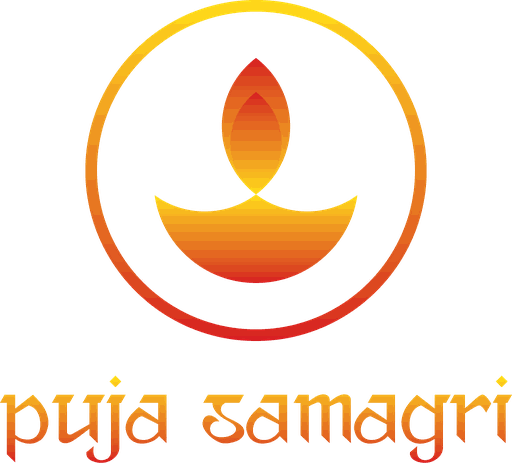Dashain is arguably the most important Hindu festival of Nepal. It is marked by family reunions, celebrative feasts, animal sacrifice, skies full of colorful kites and a country full of people embellished with Jamara and tika. Some more of its prominent themes include bamboo swings, donning a poker face while playing cards and big sales encouraging people to buy new clothes.
The festival spans fifteen days of auspicious celebration. It begins around September-October with the bright lunar fortnight and ends on Purnima, day of full moon, according to the Nepalese annual calendar. Children and adults alike anticipate the nationwide Dashain holidays.
During this time, many institutions including schools and government offices are closed. Migrants from every corner of the country, especially those in the cities return home to their families. Nepalese all across the world also enjoy the Dashain festival in their diasporic communities.
Tales of Hindu mythological wars, signifying the victory of good over evil, is the premise upon which Dashain finds its traditional roots. The ceremonies pay homage to the grand war between Mahisashur, a demon terrorizing the world, and the many manifestations of the Goddess Durga. In Dashain, Hindus commemorate the glory of Ram over Ravan, from the epic Ramayan.
Ghatasthapana, the first day of Dashain, represents the day in which Durga commences battle on the demon Mahisashur. In households throughout Nepal maize or barley seeds are sown in the Kalash - a pot-like vessel. On this day, this vessel is believed to be blessed with the presence of the goddess. The room which contains this Kalash is the Dashain Ghar. A family member regularly worships the Kalash with holy water twice a day, in the morning and evening. This reverence to the deity continues for ten days. By the tenth day the seeds in the Kalash, nourished with holy water, grow to about six inch long greenish-yellow grass known as Jamara.
In Phulpati, seventh day of Dashain, the Brahmins carry kalasha, holy jamara, banana stalks and sugar cane tied with red cloth from Gorkha to Kathmandu. Regular rituals are observed till this day. Thousands of formally attired government officials gather in Tundikhel to witness the Nepalese army brandish their weapons. They venerate the arrival of the parade into the Dashain Ghar at the President’s residence with a ten to fifteen minute long show of bullet-fire into the sky. The sound of gunshots signals the beginning of the Dashain feasts.
Maha Asthami, eighth day of Dashain, honors the sea of blood spilt by Kali in the holy war. Sacrifice of animals and fowls, to appease the mother goddess Kali, increase tremendously in temples all day long. Devotees also take meat, believed to be blessed by god known as Prasad, home to cook in feasts. Dusk calls forth the night of Kalratri in which fifty-four buffaloes and fifty-four goats are sacrificed in Hanuman Dhoka of Basantapur Durbar Square. The meat is presented to the Gods on leaf plates.Meanwhile, orthodox Hindus fast on this day.
Day nine is known as Maha Navami, the last day of Navaratri. On this day, craftsmen, mechanics, traders etc worship their equipment and tools by sacrificing different animals and offering it to equipment. The ceremonial rituals reach its peak on this day. The military shows demonstrations of gunfire salutes to the state. Celebrated as demon-hunting day, the Kot courtyard in Basantapur Durbar Square is further pooled with the blood from sacrifices. After their defeat, the remnants of the demon army were believed to have escaped into the bodies of animals and fowls. The killing of animals symbolizes the triumph over demonic vices. The gates of Taleju temple only open on this day of the year. Devotees amass the temples and pilgrims throng to pay respect to the goddess Durga. In Maha Navami, devotees also pays homage to the god of creation, Vishwokarma. Artisans, craftsmen, farmers and many others adorn their tools, equipments and vehicles with flowers and animal blood in ritual worship.
Bijaya Dashami is the victorious tenth day which celebrates Mahisashur being slain by the Goddess Durga. A vibrant mixture of vermillion in rice and yogurt called Tika is prepared on this day. The elders in the family grace the younger generations with Tika and Jamara - blessing them with words of prosperity along with gifts of money and edibles. The five days of Tika trail until Purnima. It rejuvenates the family bond and communion between relatives and relations.
The final day of Dashain is Kojagrat Purnima. In its literal, translation ‘Kojagrat’ means ‘who is awake.’ On the night of the full moon, Laxmi the goddess of wealth and prosperity, confers luck and fortune to those who can pull an all-nighter. People stay awake throughout the night playing cards and enjoying other games with friends and family to meet this challenge.
Socio-culturally Dashain blends the family ties of people with merry celebrations over long relaxing holidays. The message of justice engraved in its rituals and the nature of its traditions creates strong communities in the ethnically diverse country of Nepal.

